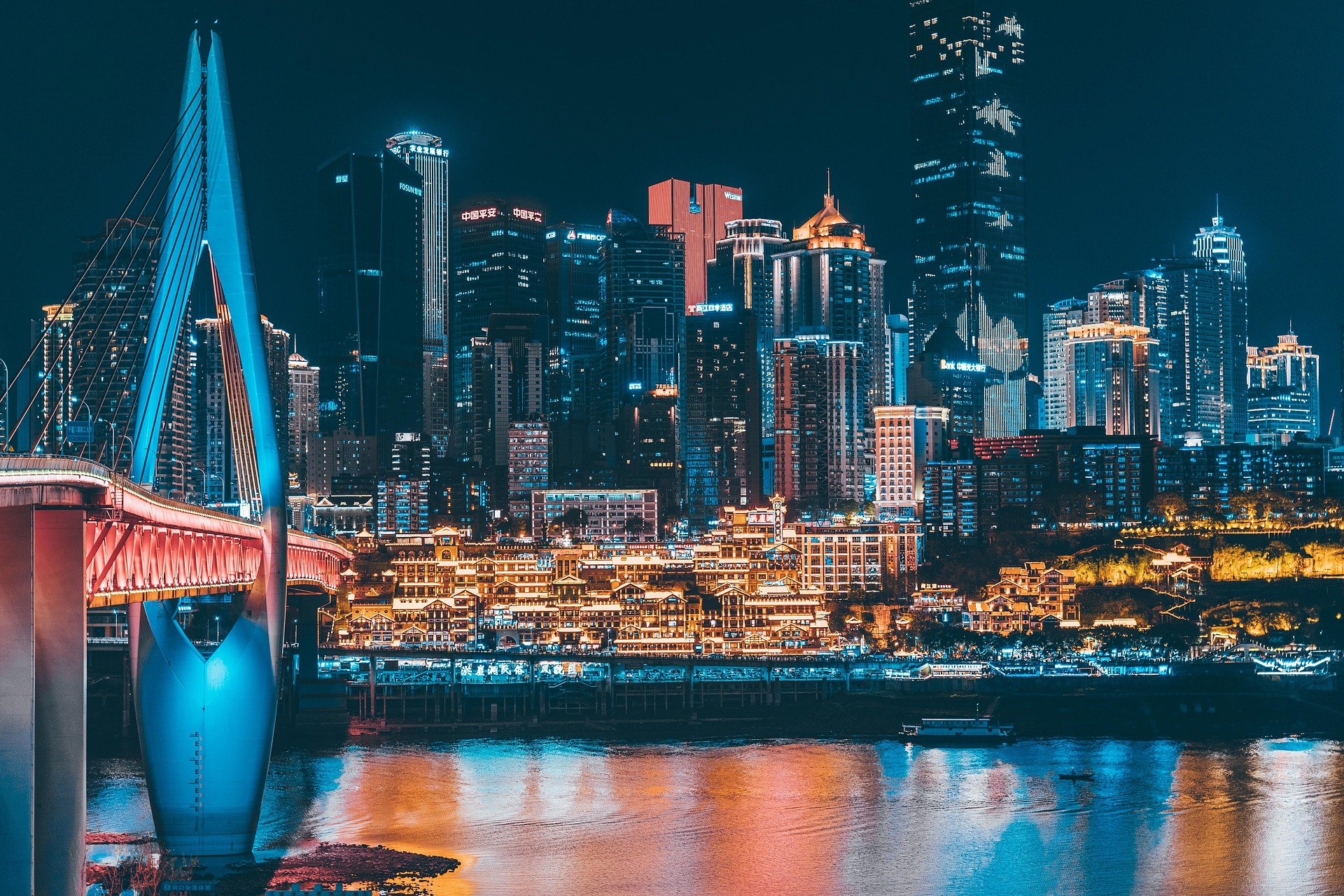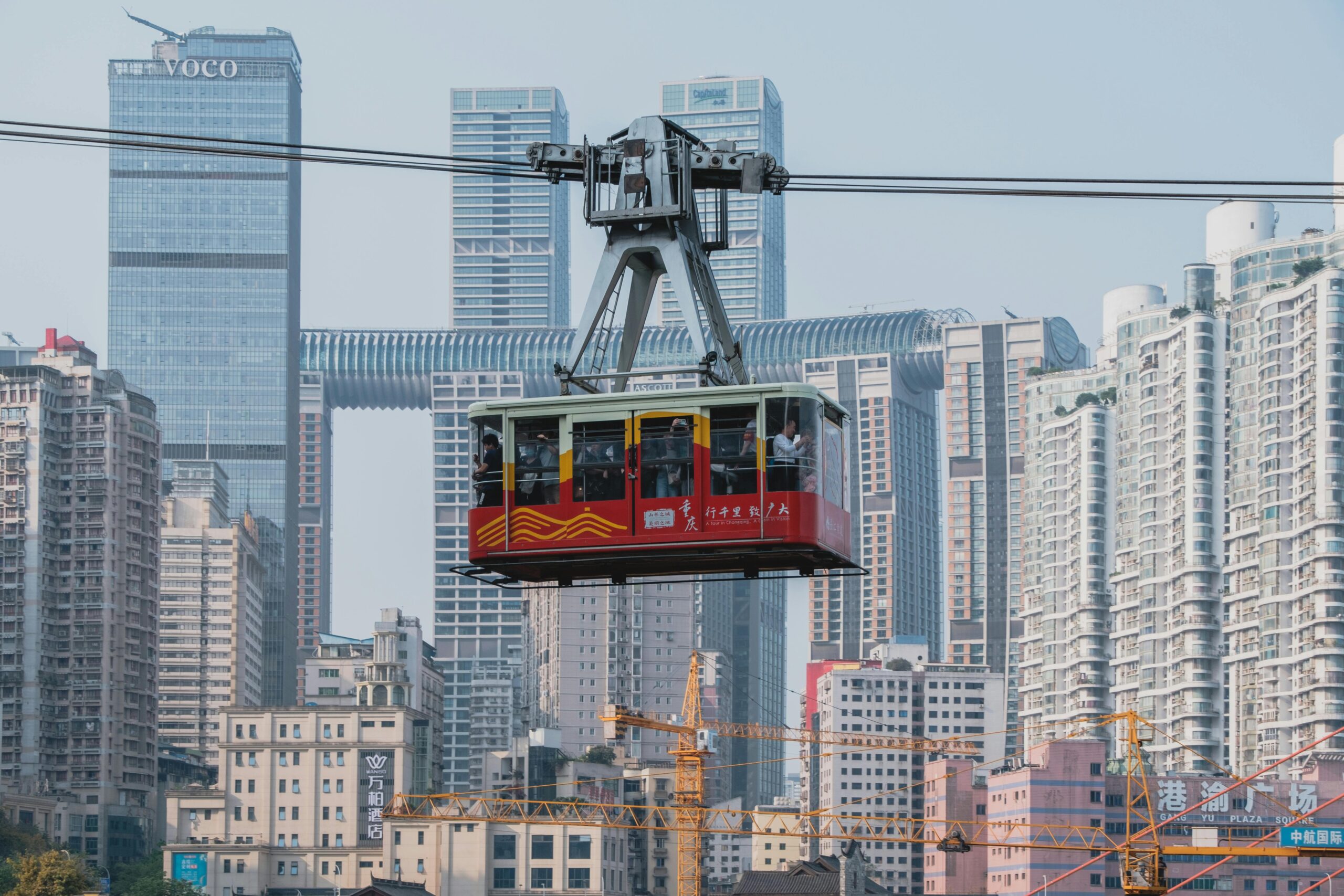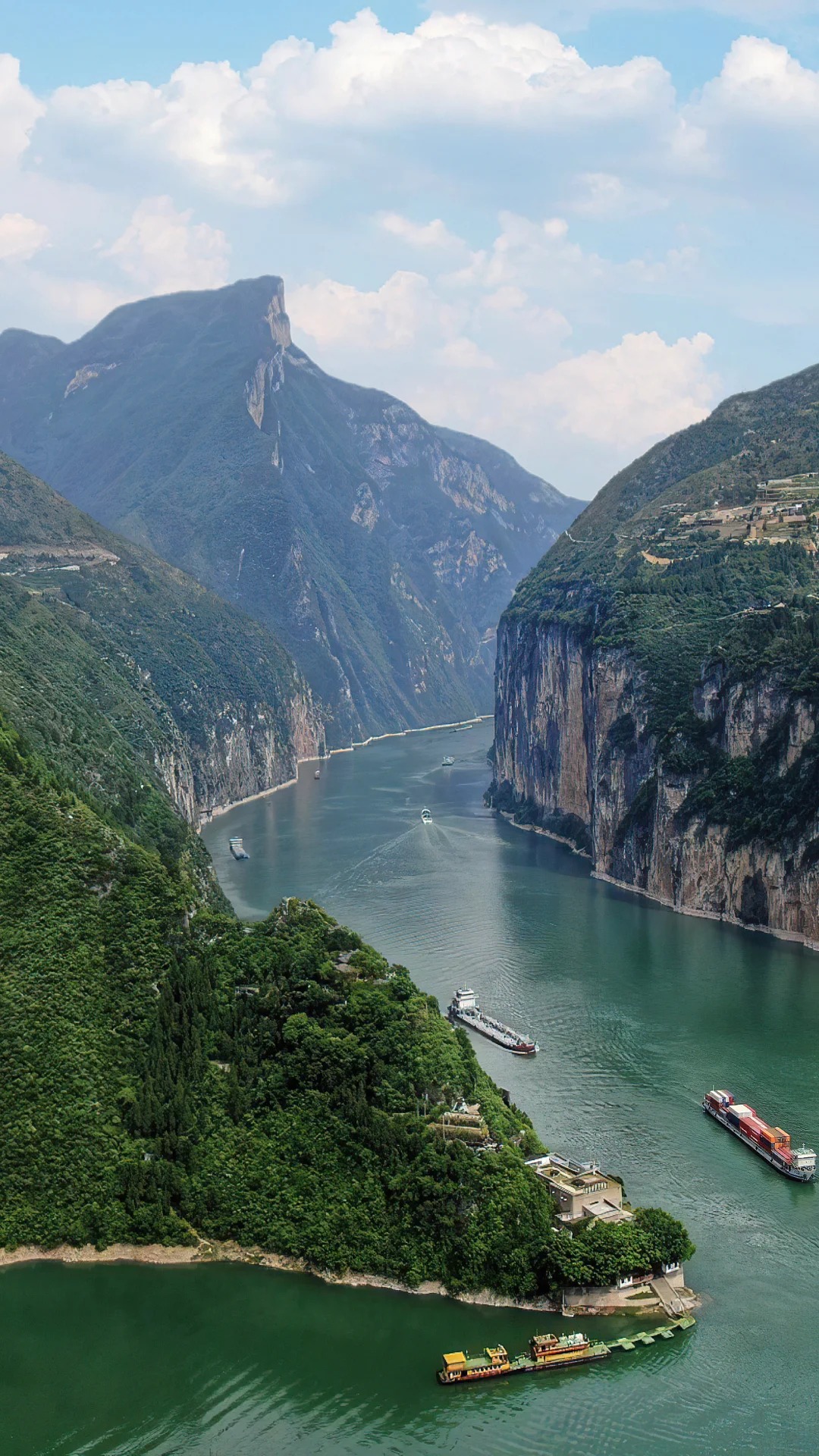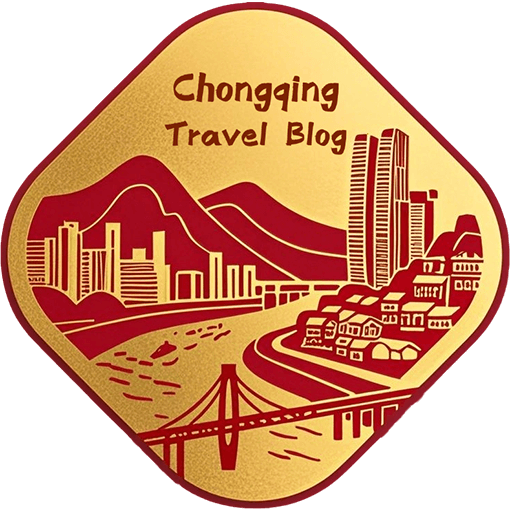Hello there! Welcome to my blog dedicated to exploring Chongqing, China’s most futuristic city. Today, we’ll dive into why this mountainous megacity has earned global acclaim as a real-life “cyberpunk” wonderland.

If you’ve scrolled through YouTube or social media, you’ve likely seen Chongqing’s mind-bending 8D cityscapes—skyscrapers stacked on cliffs, trains piercing through apartment buildings, and neon-lit foggy nights straight out of Blade Runner. But beyond the viral clips, what makes this city so unique? Let’s unpack its geography, culture, and must-see spots for curious travelers.
Where is Chongqing?
Chongqing is a sprawling municipality in southwest China, straddling the upper Yangtze River. With an area of 82,400 km² (larger than Austria!) and a population of 32 million (2024 data), it’s a megacity with the soul of a province.
Nicknames:
Mountain City (Shānchéng): Built on hills and cliffs (over 90% of its terrain!), Chongqing’s urban core is a maze of tiered buildings, spiraling highways, and riverside skyscrapers.
Fog Capital (Wùdū): Mist blankets the city for about 100 days yearly, creating ethereal scenes where skyscrapers vanish into clouds.
Chongqing’s Climate
Chongqing has a humid subtropical climate. While average annual temperatures hover between 16–18°C (61–64°F), summers are brutally hot (28–40°C / 82–104°F). Heatwaves peak in July-August, worsened by its bowl-like geography trapping humidity.
Travel tip: Escape the urban heat by visiting nearby mountain retreats like Wulong’s Fairy Mountain (avg. 22°C/72°F in summer) or Nanchuan’s Jinfo Mountain.

Why is Chongqing Called a “Cyberpunk City”?
Chongqing’s surreal 3D cityscape mirrors cyberpunk’s “high-tech meets low-life” aesthetic:
Misty Futurism: The foggy ambiance—paired with riverside skylines and glowing signage—evokes the rain-soaked neon dystopia of Blade Runner.
Vertical Madness: Light rails zip through apartment blocks (Liziba Station), multi-story highways loop like DNA strands (Huangjuewan Interchange), and elevators shuttle between cliffside neighborhoods.
Neon Nights: After dark, the city transforms. Hongya Cave’s golden-lit stilted houses resemble a Studio Ghibli scene, while the Liberation Monument and Raffles City dazzle with LED skyscrapers.
Discover Chongqing: Must-Visit Attractions
Iconic Landmarks
- Hongya Cave (洪崖洞)
- Why visit? A glowing cliffside village resembling Spirited Away’s bathhouse, especially magical at night. Free to explore.
- Highlights: Stilted houses, riverside views, and bustling food streets.
- Liziba Light Rail Station (李子坝轻轨穿楼)
- Why visit? Watch the metro train pierce through a residential building—a viral 8D transportation marvel. Free viewing platform available.
- Liberation Monument (解放碑步行街)
- Why visit? A historic WWII landmark turned modern shopping hub, surrounded by skyscrapers and neon lights.
- CiqiKou Ancient Town (磁器口古镇)
- Why visit? A Ming-dynasty riverside town packed with spicy street food, tea houses, and traditional handicrafts.

Hidden Gems
- Wulong Tiankeng Three Bridges (武隆天生三桥)
- Why visit? A UNESCO-listed karst wonder featured in Transformers 4.
- Fairy Mountain National Forest Park (仙女山国家森林公园)
- Why visit? Alpine meadows and summer retreats (avg. 22°C). Winter offers stargazing campsites.
- Dazu Rock Carvings (大足石刻)
- Why visit? A UNESCO World Heritage site with 1,200-year-old Buddhist sculptures. AR technology (added in 2025) brings carvings to life.
- Yangtze River Cable Car (长江索道)
- Why visit? Soar above the river for panoramic city views.
Unique Experiences
- Two Rivers Night Cruise (两江夜游): admire Chongqing’s neon skyline reflecting on the water.
- Nanshan Mountain Viewing Deck (南山一棵树观景台): sunset or night cityscapes.
- Shancheng Lane (山城巷): Explore renovated alleys blending history and trendy cafe.
Extended Trips
For more time:
- Qutang Gorge & Baidicheng (白帝城·瞿塘峡): Hike the “Three Gorges’ summit” for dramatic cliff views.
- Wujiang Gallery (乌江画廊): Cruise through karst landscapes and visit ancient Gongtan Town.


Chongqing’s History
Chongqing’s history dates back to the 11th century BCE, when a tribal alliance known as the Ba people (worshipping a “white tiger” totem) thrived along the Yangtze and Jialing Rivers. Skilled in bronze casting and warfare, their artifacts—like tiger-shaped bronze drums—were discovered in Fuling.
In 316 BCE, the Qin Dynasty (China’s first unified empire) conquered the Ba Kingdom and established Ba Prefecture, with its capital at Jiangzhou (modern downtown Chongqing). This marked the beginning of centralized governance in southwest China.
During the Three Kingdoms era (220-280 CE), Chongqing became a strategic military stronghold. Zhuge Liang, a legendary strategist and statesman (often compared to a “Chinese Sun Tzu”), praised Chongqing as “a fortress city with fertile lands” in his famous Memorial on the Campaign Against Shu. His rival general, Li Yan, fortified the city against invasions.
By the 13th century, Chongqing witnessed one of history’s most epic sieges: the Mongol invasions. At Diaoyu Fortress (a mountain stronghold in Hechuan), local forces resisted the Mongol Empire for 36 years (1243-1279). Their victory included killing Mongke Khan (the Mongol ruler), which forced the Mongols to halt their conquest of Europe and the Middle East—a turning point in global history.
The Ming and Qing dynasties (1368-1912) saw massive migrations (“Huguang Filling Sichuan”) after wars and plagues. Immigrants from Hunan, Hubei, and Guangdong brought chili peppers, shaping Chongqing’s iconic spicy cuisine. In 1891, the city opened to foreign trade under the Chefoo Convention, with European firms settling in Nan’an District.
During World War II (1937-1946), Chongqing served as China’s wartime capital after Japan invaded eastern regions. Despite relentless bombing raids, the city became a symbol of resistance. The Hongyan Village district housed Communist-Nationalist cooperation efforts, while the Liberation Monument (originally a “Spiritual Fortress”) inspired national unity.
In 1997, Chongqing became China’s fourth direct-controlled municipality (like Beijing or Shanghai) to manage the Three Gorges Dam resettlement—relocating 1.2 million people. Today, its blend of cliffside skyscrapers (e.g., Hongya Cave), spicy hotpot culture, and misty mountains captivates global travelers.

A City of Contrasts
Chongqing is where ancient history collides with sci-fi modernity. From its wartime past (WWII’s provisional capital) to its spicy hotpot culture and cliffside engineering feats, this city defies expectations. Whether you’re a cyberpunk fan, history buff, or foodie, Chongqing promises a journey unlike any other.
Ready to explore? Drop your questions below—I’ll help you plan the ultimate Chongqing adventure! 🚠🌆
